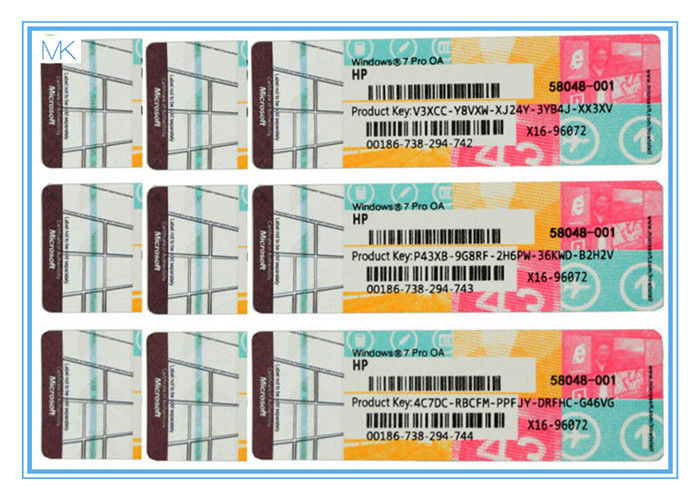

A lot of HP laptops use Seagate hard drives and I have personally found drives made after the 7.01 disaster have had high failure rates that are beyond what I consider reasonable. I think the procedure between 8 and 10 is the same, but I would follow the specific steps for each OS just to be sure.Īnother thing I'd look into that may cuase this is the hard drive. Once you have media, try rewriting the MBR and BCD. The links can be found here: Windows 8.x OR Windows 10 You can purchase media from HP, but for the purposes of what you need it for that makes no sense. You most likely need to download installation media for this step, since HP does NOT ship their laptops with recovery media. What this will do is overwrite and replace the original files which may fix the problem. The first thing I'd try is a BCD/MBR refresh. You can blame Secure Boot for causing this problem. My OS guess is educated guess, but it's within the ballpark of the correct answer. If it's particularly severe to the extent the contents have changed, you need up with Automatic Repair attempts that never work. These OSes are the most sensitive about file problems when compared to older versions of Windows. Net Applications also found that Windows 7 currently accounts for about 50% of all computers around the world, and this was taken from last month, so that is saying a lot.This is a variation of another answer I wrote related to this, but a lot of it still applies.Īs far as the OS goes, I'm assuming you are running Windows 8.x or 10. After all Windows 8 is quite a big change from Windows 7 and many users who are familiar with the Windows operating system in general might be thrown off with Windows 8’s new UI and the changes that Microsoft has made. Apparently they find that promoting computers with Windows 7 helps to generate more interest than Windows 8. This is actually not the first time that HP has “ditched” Windows 8 in favor of Windows 7. HP recently sent out emails to its customers where they are boasting about the availability of Windows 7 on their computers, both desktops and laptops. In fact it seems in HP’s latest round of advertising and promotions, the company has focused on Windows 7, instead of Windows 8.

While Windows 8 might be the latest operating system from Microsoft, it seems that the Redmond company is having a hard time trying to convince its OEM partners to promote and use the operating system.


 0 kommentar(er)
0 kommentar(er)
